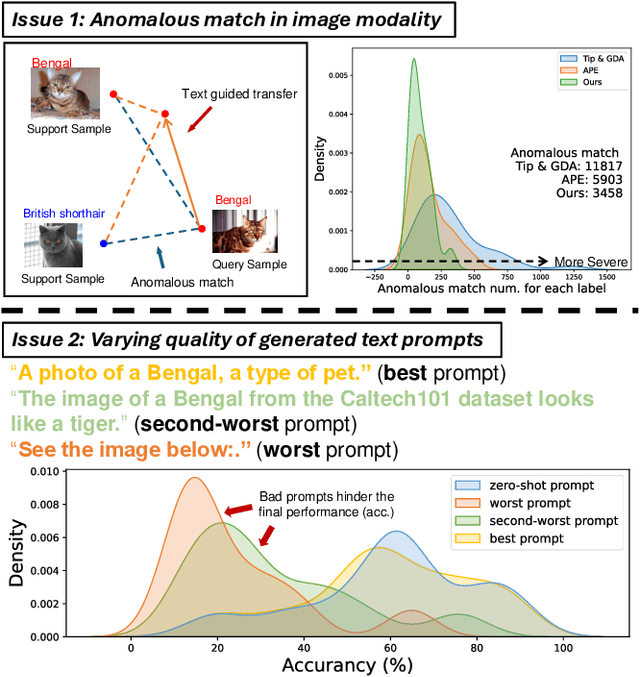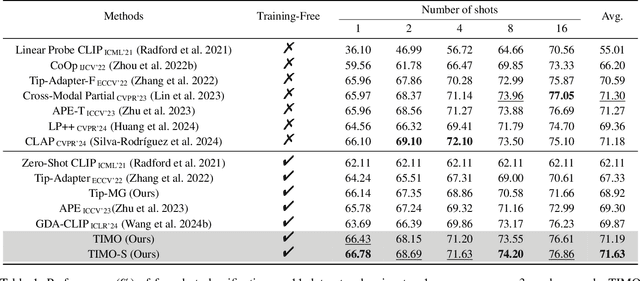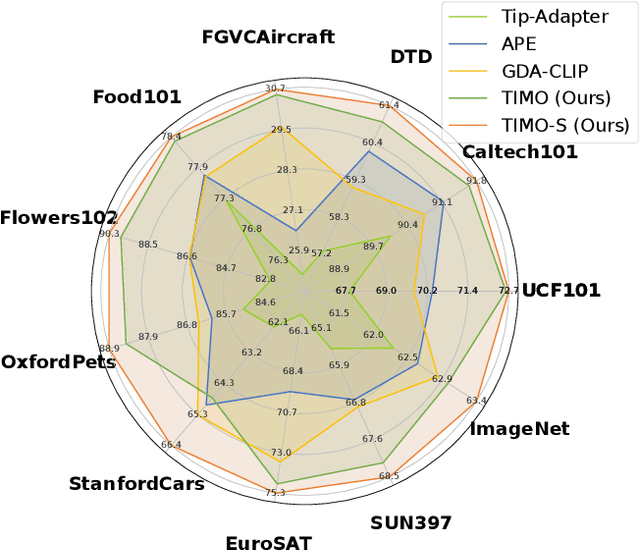Yayuan Li
Explainable Procedural Mistake Detection
Dec 16, 2024Abstract:Automated task guidance has recently attracted attention from the AI research community. Procedural mistake detection (PMD) is a challenging sub-problem of classifying whether a human user (observed through egocentric video) has successfully executed the task at hand (specified by a procedural text). Despite significant efforts in building resources and models for PMD, machine performance remains nonviable, and the reasoning processes underlying this performance are opaque. As such, we recast PMD to an explanatory self-dialog of questions and answers, which serve as evidence for a decision. As this reformulation enables an unprecedented transparency, we leverage a fine-tuned natural language inference (NLI) model to formulate two automated coherence metrics for generated explanations. Our results show that while open-source VLMs struggle with this task off-the-shelf, their accuracy, coherence, and dialog efficiency can be vastly improved by incorporating these coherence metrics into common inference and fine-tuning methods. Furthermore, our multi-faceted metrics can visualize common outcomes at a glance, highlighting areas for improvement.
Text and Image Are Mutually Beneficial: Enhancing Training-Free Few-Shot Classification with CLIP
Dec 16, 2024



Abstract:Contrastive Language-Image Pretraining (CLIP) has been widely used in vision tasks. Notably, CLIP has demonstrated promising performance in few-shot learning (FSL). However, existing CLIP-based methods in training-free FSL (i.e., without the requirement of additional training) mainly learn different modalities independently, leading to two essential issues: 1) severe anomalous match in image modality; 2) varying quality of generated text prompts. To address these issues, we build a mutual guidance mechanism, that introduces an Image-Guided-Text (IGT) component to rectify varying quality of text prompts through image representations, and a Text-Guided-Image (TGI) component to mitigate the anomalous match of image modality through text representations. By integrating IGT and TGI, we adopt a perspective of Text-Image Mutual guidance Optimization, proposing TIMO. Extensive experiments show that TIMO significantly outperforms the state-of-the-art (SOTA) training-free method. Additionally, by exploring the extent of mutual guidance, we propose an enhanced variant, TIMO-S, which even surpasses the best training-required methods by 0.33% with approximately 100 times less time cost. Our code is available at https://github.com/lyymuwu/TIMO.
Instructional Video Generation
Dec 05, 2024



Abstract:Despite the recent strides in video generation, state-of-the-art methods still struggle with elements of visual detail. One particularly challenging case is the class of egocentric instructional videos in which the intricate motion of the hand coupled with a mostly stable and non-distracting environment is necessary to convey the appropriate visual action instruction. To address these challenges, we introduce a new method for instructional video generation. Our diffusion-based method incorporates two distinct innovations. First, we propose an automatic method to generate the expected region of motion, guided by both the visual context and the action text. Second, we introduce a critical hand structure loss to guide the diffusion model to focus on smooth and consistent hand poses. We evaluate our method on augmented instructional datasets based on EpicKitchens and Ego4D, demonstrating significant improvements over state-of-the-art methods in terms of instructional clarity, especially of the hand motion in the target region, across diverse environments and actions.Video results can be found on the project webpage: https://excitedbutter.github.io/Instructional-Video-Generation/
 Add to Chrome
Add to Chrome Add to Firefox
Add to Firefox Add to Edge
Add to Edge